NDO – On the morning of September 8, at the Government Headquarters, Prime Minister Pham Minh Chinh chaired an online conference to assess the response direction, damage situation and deploy urgent measures to overcome the consequences of storm No. 3. Deputy Prime Ministers Nguyen Hoa Binh and Ho Duc Phoc co-chaired the conference. Also attending were representatives of leaders of ministries, branches and central agencies. The conference was broadcast online to the bridge points of the People's Committees of 26 provinces and centrally-run cities from Thanh Hoa to the north.
In his opening remarks at the conference, Prime Minister Pham Minh Chinh emphasized that the third storm with very strong intensity made landfall in the north, causing serious consequences; however, the circulation after the storm will cause floods, especially in the northern mountainous provinces, causing landslides, subsidence, flash floods, and landslides. This conference is to preliminarily assess whether the forecasting work is accurate, "correct, and timely"? With such a forecast, how should the work of propaganda, mobilizing people, providing information to authorities, and letting people know how to implement "4 on-the-spot"? How is the response work at both the central and local levels? What are the consequences?
 |
| Conference scene. (Photo: Tran Hai) |
The Prime Minister emphasized that we must overcome the consequences in the shortest possible time. What lessons can we learn from natural disaster prevention, storms and floods, including on-call response and readiness in the context of our country being a tropical monsoon country with frequent storms? What about the long term? What long-term, strategic measures must be taken such as dykes, anti-subsidence, or the issue of people in mountainous areas often living in complex terrains that are prone to landslides, flash floods, and flash floods. This raises the question of whether there is a forecast to evacuate people? The consequences of storms causing power outages affect production and business, especially high-tech production; another consequence is that telecommunications waves are affected. The Prime Minister also directed network operators to share telecommunications network connections to ensure telecommunications waves serve the command and overcoming of natural disaster consequences. Through this, it is necessary to evaluate the work of coordinating forces and how to respond? These are very important lessons learned.
 |
| Permanent Deputy Prime Minister Nguyen Hoa Binh speaks at the Conference. (Photo: Tran Hai) |
The Prime Minister requested that immediate review and support be provided to localities and families with deceased people, etc. These are issues that need to be addressed immediately. At this time, people are suffering damage, losing their homes and loved ones. Therefore, the Conference must discuss with a spirit of urgency, then report to the Politburo, Party and State leaders; continue to immediately deploy flood and storm prevention work, and overcome the consequences of storm No. 3.
 |
| Prime Minister Pham Minh Chinh and Deputy Prime Ministers Nguyen Hoa Binh and Ho Duc Phoc co-chaired the conference. (Photo: Tran Hai) |
This conference reviews flood and storm prevention work, assesses consequences and solutions, promptly handles issues related to people, production, business, and responds to landslides and subsidence that may occur in the coming days. The Prime Minister hopes that competent agencies and localities will share lessons learned in natural disaster prevention and control.
* The Ministry of Agriculture and Rural Development said that the initial damage (updated to 7:00 a.m. on September 8): due to darkness, big waves, strong winds, and power and communication outages, localities have not yet been able to accurately estimate. For now, some preliminary damage is as follows:
 |
| The conference was broadcast live to 26 provinces and centrally-run cities from Thanh Hoa to the North (Photo: Tran Hai). |
About people: 9 people died (Hoa Binh 4, Quang Ninh 3, Hai Phong 1, Hai Duong 1); 186 people were injured (Quang Ninh 157, Hai Phong 13, Hai Duong 05, Hanoi 10); 25 small cement and wooden ships sank at anchorage in Quang Ninh; Quang Ninh, Hai Phong, Thai Binh, Hai Duong, Hanoi suffered widespread power and communication outages. Due to the long duration of the storm and the sustained intensity of the storm, very strong gusts of wind damaged 3,279 houses; 401 electric poles fell; many shops, offices, schools had their roofs blown off or damaged; many advertising signs and telecommunication poles were broken; urban trees were uprooted and broken along the roads in provinces and cities such as: Quang Ninh, Hai Phong, Hai Duong, Hanoi...
 |
| Representatives of leaders of central ministries and branches attended the Conference. (Photo: Tran Hai) |
Regarding agriculture: 121,500 hectares of rice and crops were flooded and damaged (concentrated in Thai Binh: 76,345 hectares; Hai Phong: 6,750 hectares; Hai Duong 11,200 hectares; Bac Ninh: 11,009 hectares; Hanoi: 6,218 hectares; Nam Dinh: 2,800 hectares; Hung Yen: 11,923 hectares; Ha Nam: 7,418 hectares, Hanoi: 6,218 hectares, Bac Ninh: 8,977 hectares, ...); 5,027 hectares of fruit trees were damaged (concentrated in Hai Phong: 1,000 hectares; Thai Binh: 1,385 hectares, Hung Yen 1,818 hectares, ...); over 1,000 aquaculture cages were damaged and swept away (mainly in Quang Ninh). At around 0:05 a.m. on September 8, in Xom Cham, Tan Minh commune, Da Bac district, Hoa Binh province, a landslide occurred in a household, killing 4 people and injuring 1 person.
 |
| Minister of Natural Resources and Environment Do Duc Duy reports at the Conference. (Photo: Tran Hai) |
Regarding the next steps, the Ministry of Agriculture and Rural Development recommends: currently, the storm has weakened into a tropical depression and gradually dissipated in the Northwest region, but the storm's circulation continues to cause heavy rain until the end of September 9 for the Northern provinces, especially the Northwest region with common rainfall from 100-200mm, locally up to 350mm.
To stabilize people's lives soon, restore production, and at the same time respond to heavy rain after the storm, it is necessary to continue to strictly implement the Prime Minister's Directive and the direction of the Frontline Steering Committee, including: For the plains and coastal areas, due to the still large waves and strong winds, it is necessary to continue to strictly maintain the ban on going to sea; resolutely not let people return to fishing boats, cages, rafts, and watchtowers when safety is not yet ensured. Deploy all measures to search, rescue, and rescue ships that have broken anchor and drifted and people who are still missing at sea; organize visits, encourage and implement policies for families with people who died or were injured; focus resources on overcoming the consequences caused by the storm; ensure the supply and support of enough food, food, clean water, absolutely do not let people go hungry or cold; mobilize forces to support people in repairing houses, cleaning up the environment, and preventing epidemics; Prioritize resources to support the repair of schools and hospitals; support, clean, and sanitize schools and classrooms to bring students back to class; clean and treat the environment to ensure prevention of disease outbreaks after storms.
Focus on operating pumping stations and irrigation systems to drain and rescue flooded rice and crop areas; prepare seed sources to restore production immediately after the storm. Focus on operating drainage for urban areas, industrial zones and low-lying areas. Focus on immediately fixing problems with the power grid, information systems, etc. to soon provide electricity for drainage and people's daily life.
 |
| Deputy Minister of Agriculture and Rural Development Nguyen Hoang Hiep reported at the Conference. (Photo: Tran Hai) |
For the northern mountainous region: deploy shock troops to inspect and review residential areas along rivers, streams, low-lying areas, areas at high risk of flooding, flash floods, landslides to proactively evacuate people to safe places; organize forces to guard and control traffic in deep flooded areas, areas at risk of landslides, resolutely not allowing people and vehicles to pass if safety is not ensured; arrange forces, prepare materials and means to overcome traffic incidents; check and prepare plans to ensure safety of reservoirs and downstream areas, especially small hydroelectric reservoirs, important reservoirs, which are full of water; arrange standing forces to be ready to operate, regulate and handle situations; strengthen information and communication work so that people can proactively grasp, prevent and minimize damage; maintain forces and means for rescue when required.
The National Center for Hydro-Meteorological Forecasting predicts that from September 8 to 9, the circulation after storm No. 3 will cause heavy rain in the entire plains, midlands and mountainous areas of the north, with an average 24-hour rainfall of up to 100-150mm, and in some places over 200mm. There is a high risk of flooding on rivers and streams and flash floods and landslides in some localities, of which special attention should be paid to:
Small rivers in Quang Ninh, Lang Son, Cao Bang, Hoa Binh may see flooding at level 2 to level 3; there is a high risk of flooding in urban areas, cities and provinces in the Northern Delta due to heavy rain, especially in the provinces of Quang Ninh, Hai Phong, Lang Son, Thai Nguyen, Cao Bang, Ha Giang, Yen Bai, Bac Kan, Nam Dinh, Thai Binh, Ha Nam, Hanoi; there is a high risk of flash floods, landslides in the provinces of Quang Ninh (12 districts/towns), Lang Son (11 districts), Bac Kan (6 districts), Thai Nguyen (9 districts), Bac Giang (8 districts), Vinh Phuc (5 districts), Hoa Binh (11 districts), Phu Tho (9 districts), Tuyen Quang (6 districts), Yen Bai (9 districts), Son La (8 districts), Lai Chau (3 districts), Lao Cai (4 districts), Thanh Hoa (10 districts).
The National Center for Hydro-Meteorological Forecasting and forecasting units in provinces and centrally-run cities will continue to closely monitor the developments of rain and floods in the above-mentioned areas and provide detailed and timely information to the central and local disaster prevention agencies to have timely and effective direction, management and response measures.
Nhandan.vn
Source: https://nhandan.vn/nhanh-chong-ho-tro-cac-dia-phuong-nguoi-dan-khac-phuc-hau-qua-con-bao-so-3-post829267.html







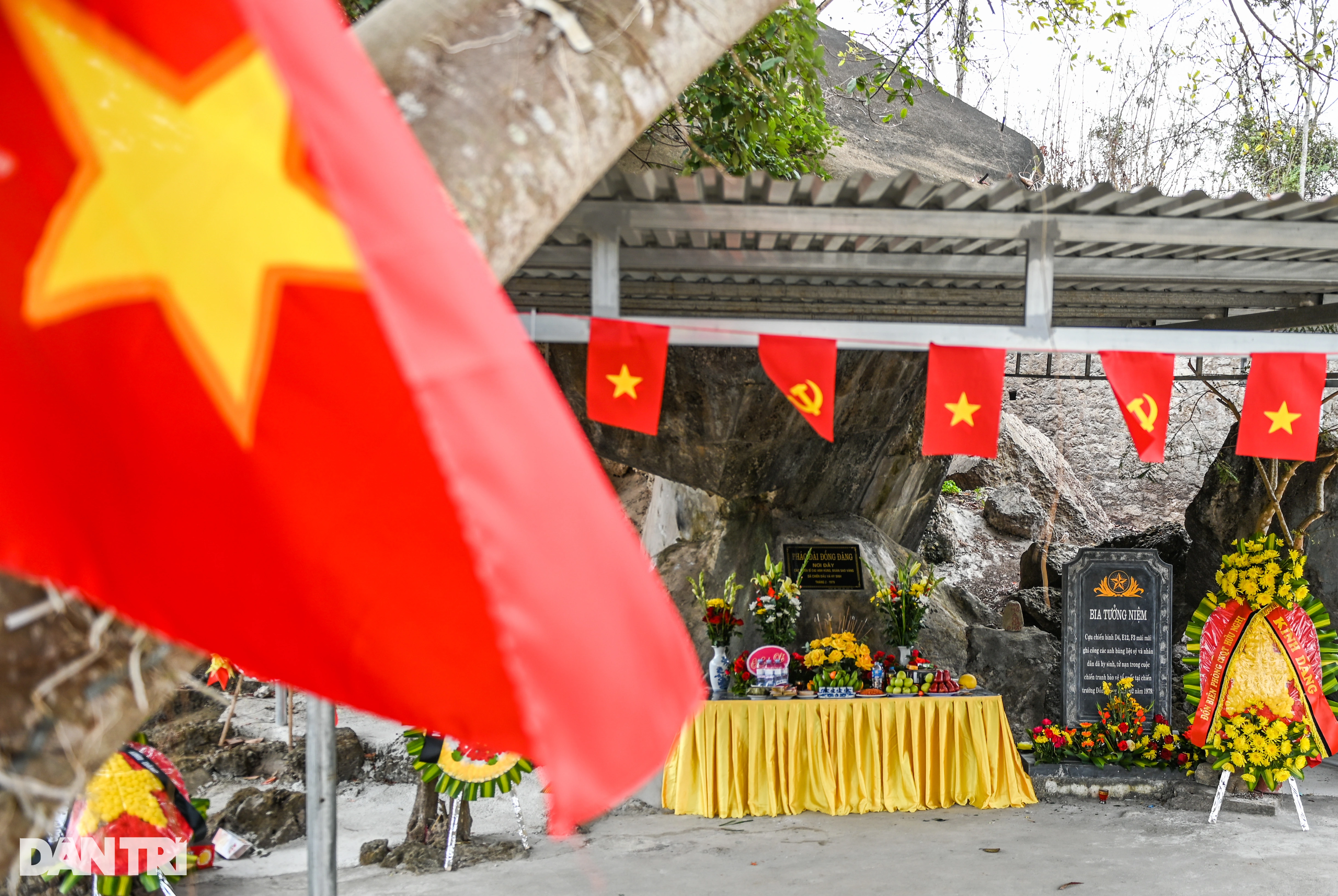




















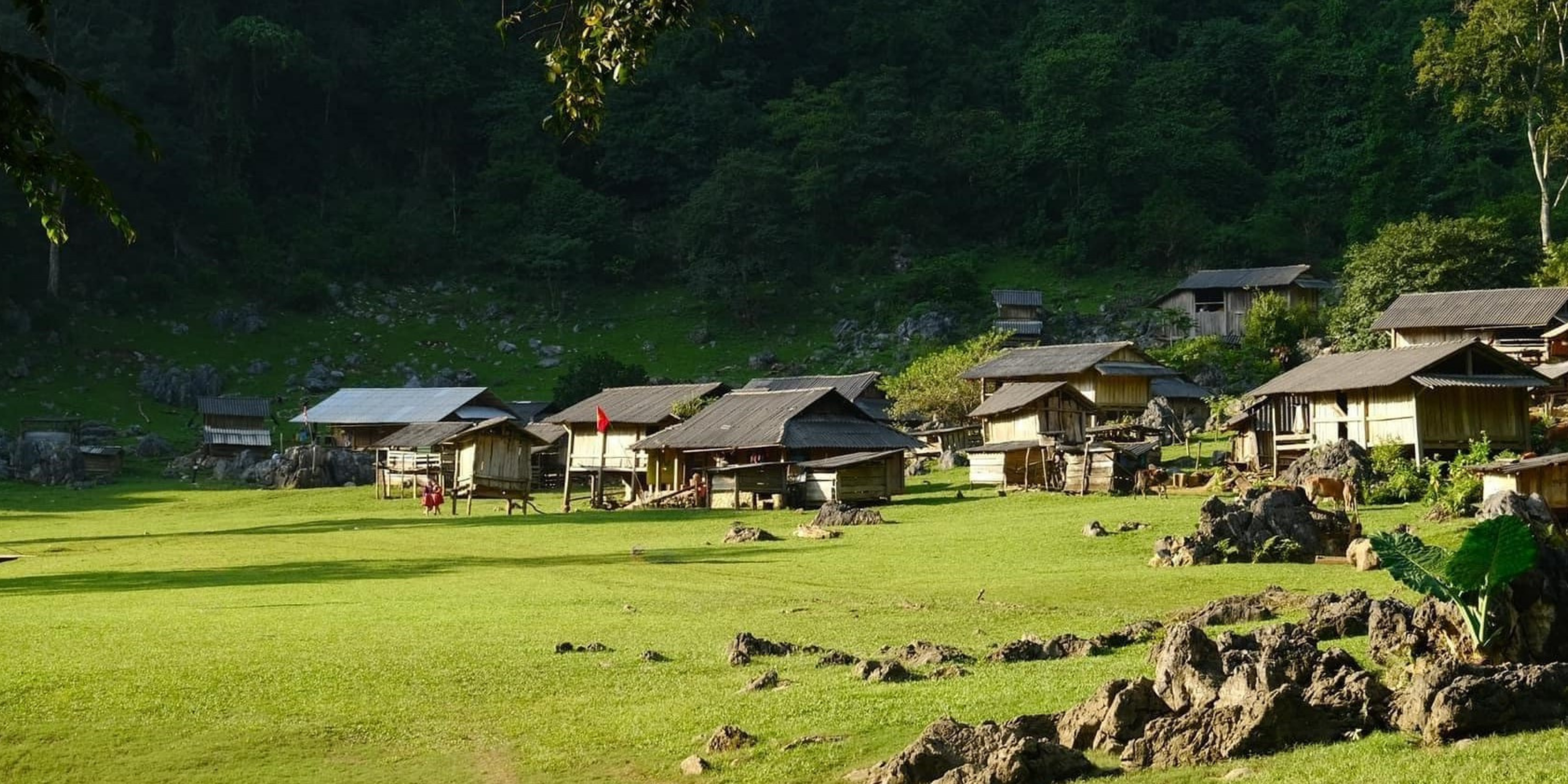











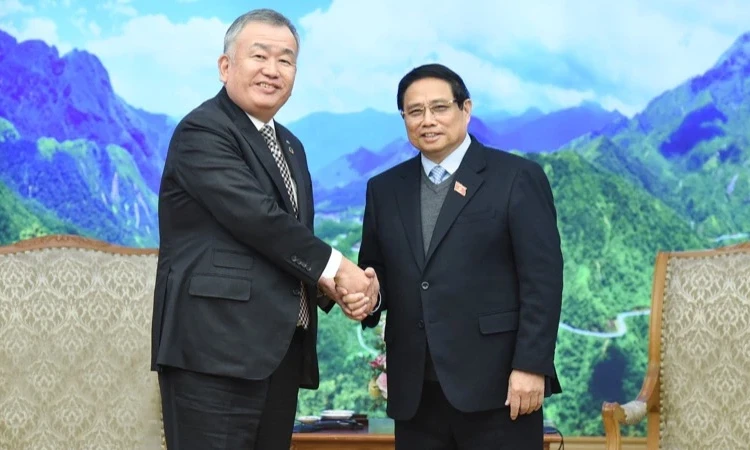
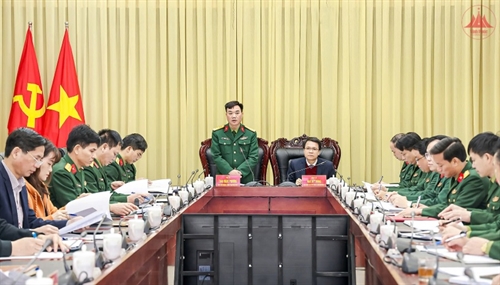
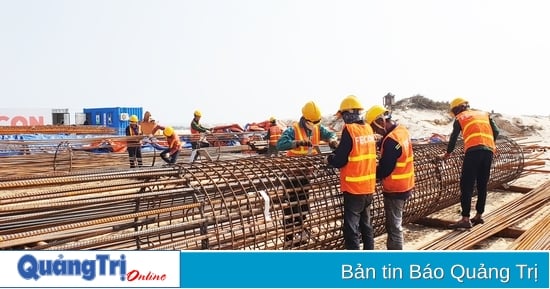
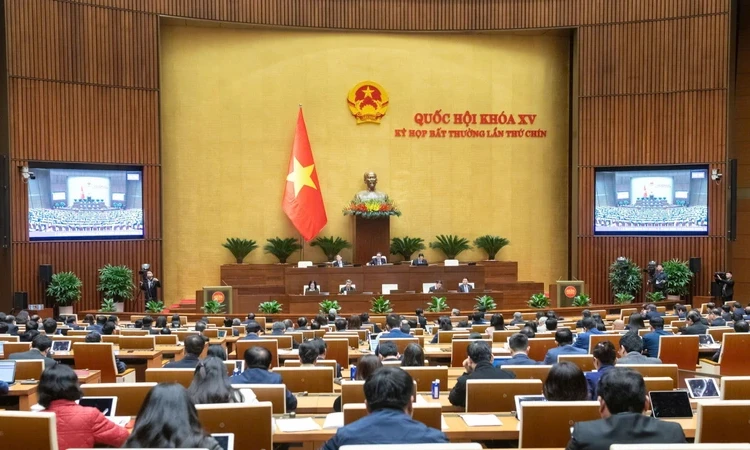
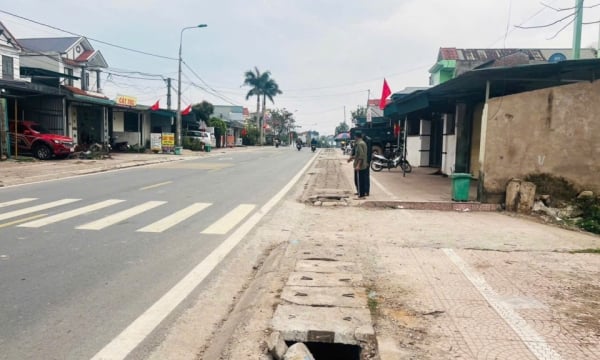

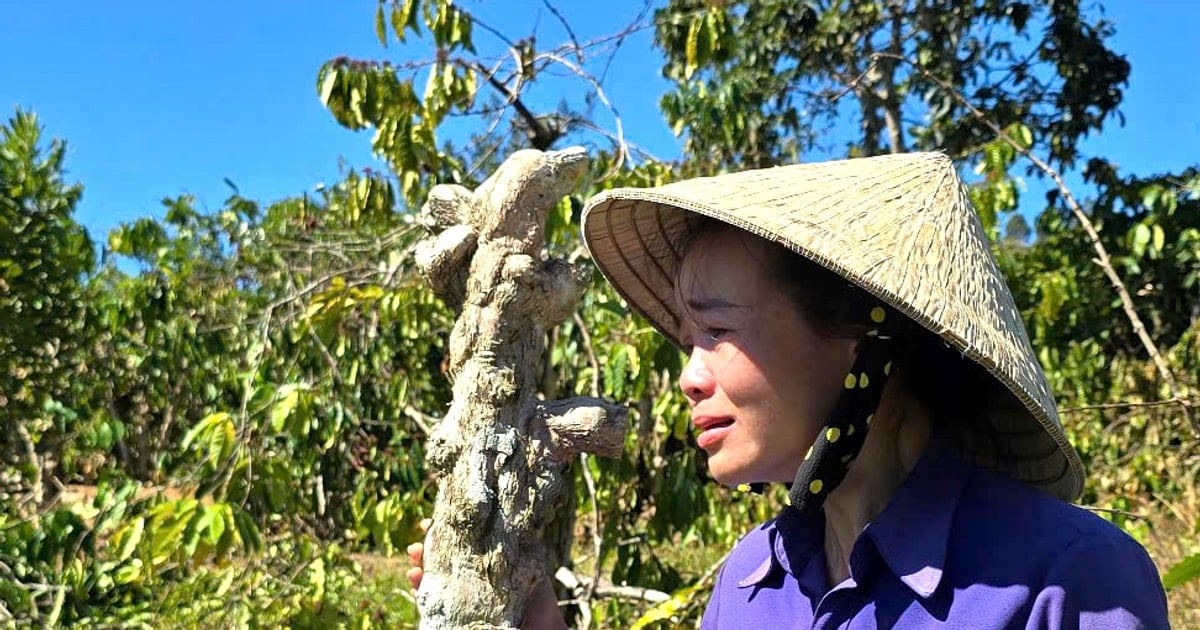

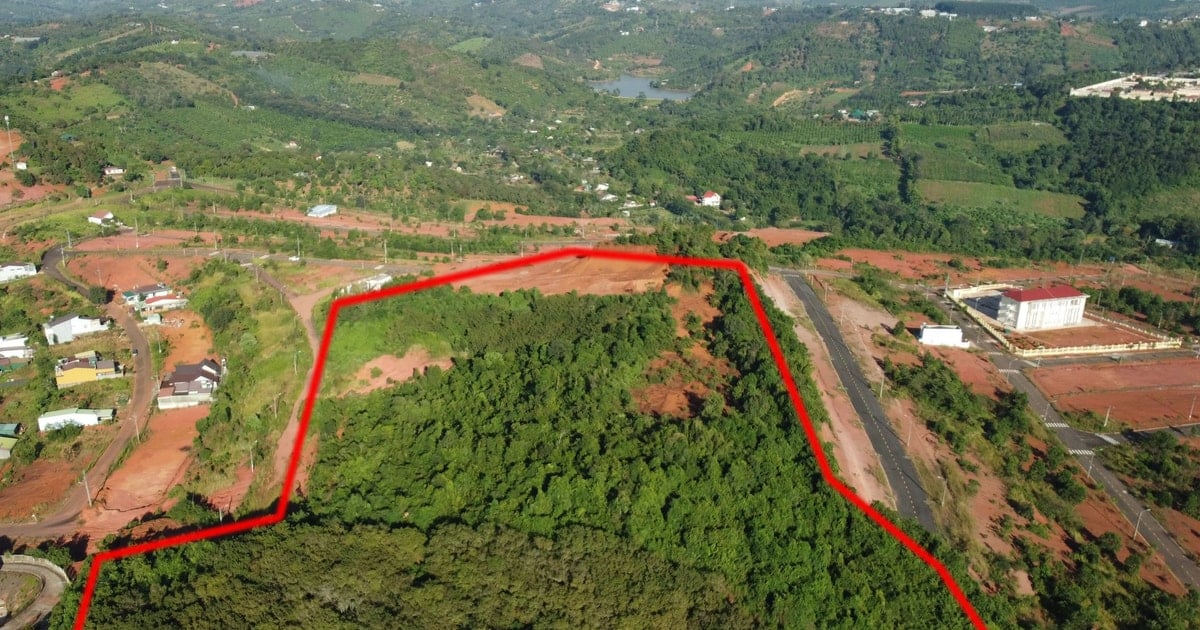














Comment (0)